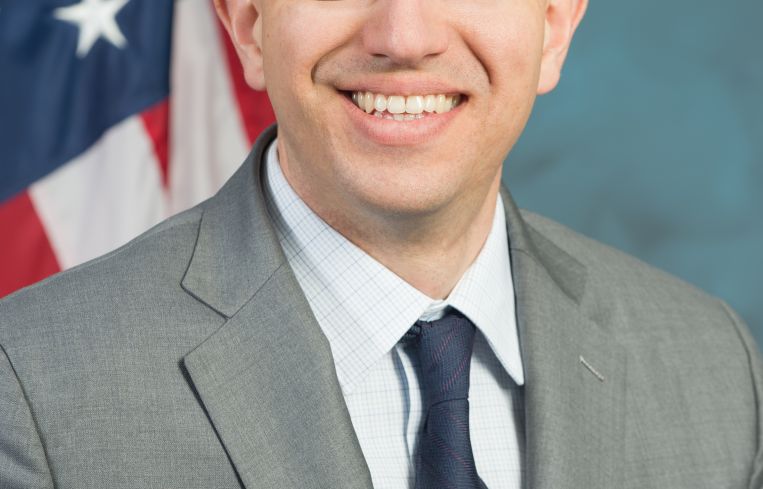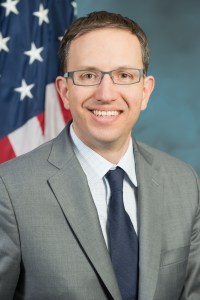Benjamin Metcalf Talks HUD Reorganization
By Damian Ghigliotty April 22, 2015 12:59 pm
reprints

Behind many multifamily deals is a team of government employees who work to make the financing process seamless. Benjamin Metcalf is no exception. The seasoned HUD official gave Commercial Observer an inside look at the multifamily finance process as well as the grand restructuring of his department’s multifamily programs currently underway.
Commercial Observer: Where did you grow up and graduate from?
Mr. Metcalf: I grew up in Berkeley, Calif., in an environment where a commitment to social justice and inequality was a given. After high school, I escaped and headed East, where I received a bachelor’s degree from Amherst College and a master’s in public policy and urban planning from the Harvard Kennedy School.
How did you get started in government work?
I was happily working in real estate development for BRIDGE Housing, a regional nonprofit that focused on workforce and affordable housing. As the financial crisis hit in 2008, things got a lot harder—public sources of funding were drying up and bank financing was getting more restrictive. My boss Carol Galante, tapped by President Obama to serve as deputy assistant secretary for the Office of Multifamily Housing Programs, and later Federal Housing Administration commissioner, recruited me to become her senior advisor here at HUD.
What are your day-to-day responsibilities?
As deputy assistant secretary for multifamily housing programs, I oversee a variety of rental assistance programs, insured lending programs and special initiatives, including the Section 8 project-based rental assistance portfolio, Section 202, Section 811, the Rental Assistance Demonstration and the FHA multifamily insurance programs.
HUD is in the process of restructuring. What was the motivating factor for this reorganization?
Through the Multifamily for Tomorrow transformation, MHP is adopting a more effective operating model that will allow employees to accomplish their work with less effort and fewer resources.
Between 2008 and 2013, MHP experienced a six-fold increase in origination volume, from $3 billion to nearly $18 billion. In addition, the complexity of the work increased. As a result, application-processing times ranged from nine months to two years. Offices and staff were overwhelmed by the high volumes of new and complex assets. As MHP began to work through these challenges, it became clear that the legacy business model was in need of a 21st century update.
What will the benefits be for FHA borrowers and HUD partners?
Multifamily for Tomorrow consists of four components—consistent with industry best practices—which allow MHP to provide better service to customers, operate more effectively and improve risk management. The multifamily production and asset management workload is being digitized and distributed evenly across the country. This will ensure greater consistency and reduce wait times for customers. A single underwriter will manage the end-to-end review of the application. This increases the efficiency of processing applications, provides improved customer service and helps better manage risk. MHP is consolidating its 17 hubs into five new regions and has established four new offices in our headquarters. This enhances communication, consistency, accountability and simplifies the decision-making process.
How close to the finish line are you in that effort?
We’re getting close. We’ve completed the transformation of our headquarter offices, and launched two of our five new regions: the Southwest region and the Midwest region. Our third region in the Southeast will be up and running in July and the final two regions, the Northeast and West regions, are expected to be fully operational by summer of 2016.
What have been the biggest challenges along the way?
Change is always rife with challenges, and when attempting a transformation of this magnitude, there is an even greater expected amount of uncertainty and pushback. In terms of the scale of this initiative, our accomplishments are truly unique. We’ve asked a lot from our staff and the way they have risen to this challenge for the betterment of our mission has been an inspiration.
What are your expectations for affordable housing in the U.S. in the coming years?
A recent HUD report identified 7.7 million American very poor households paying more than half their income in rent, living in severely substandard housing or both. We have a lot of work to do as a country to ensure that this lack of affordable housing doesn’t become a barrier to families in accessing opportunity.


